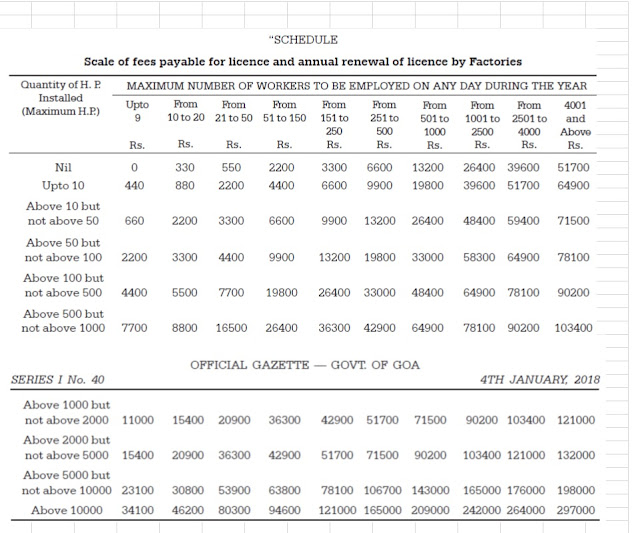New Amendment under Minimum wages act 1948 of Karnataka
Government of Karnataka has released the Minimum Wages (Karnataka Amendment) Act, 2017, as per the Amendment Act the Karnataka Government has increased the penalties under the Section 22 and Section 22A of The Minimum Wages Act, 1948
1. Short title and commencement.
2. Amendment of section 20.
3. Amendment of section 22.
4. Amendment of section 22A
2. Amendment of section 20.- In section 20 of the Minimum Wages Act,
1948 (Central Act XI of 1948), (herein after referred to as the Principal Act,-
(i) in sub-section (1), for the words “not below the rank of Labour Commissioner”, the words “not below the rank of Assistant Labour Commissioner” shall be substituted. (ii) in sub-section (4), for the words “fifty rupees” the words “one thousand rupees” shall be substituted.
3. Amendment of section 22.– In section 22 of the Principal Act for the
words “ which may extend to five hundred rupees” the words “which shall not be
less than five thousand rupees but which may extend to ten thousand rupees” shall be substituted.
4. Amendment of section 22 A.– In section 22A of the Principal Act, for the
words “five hundred rupees” the words “ten thousand rupees” shall be substituted
Circular:-👇









